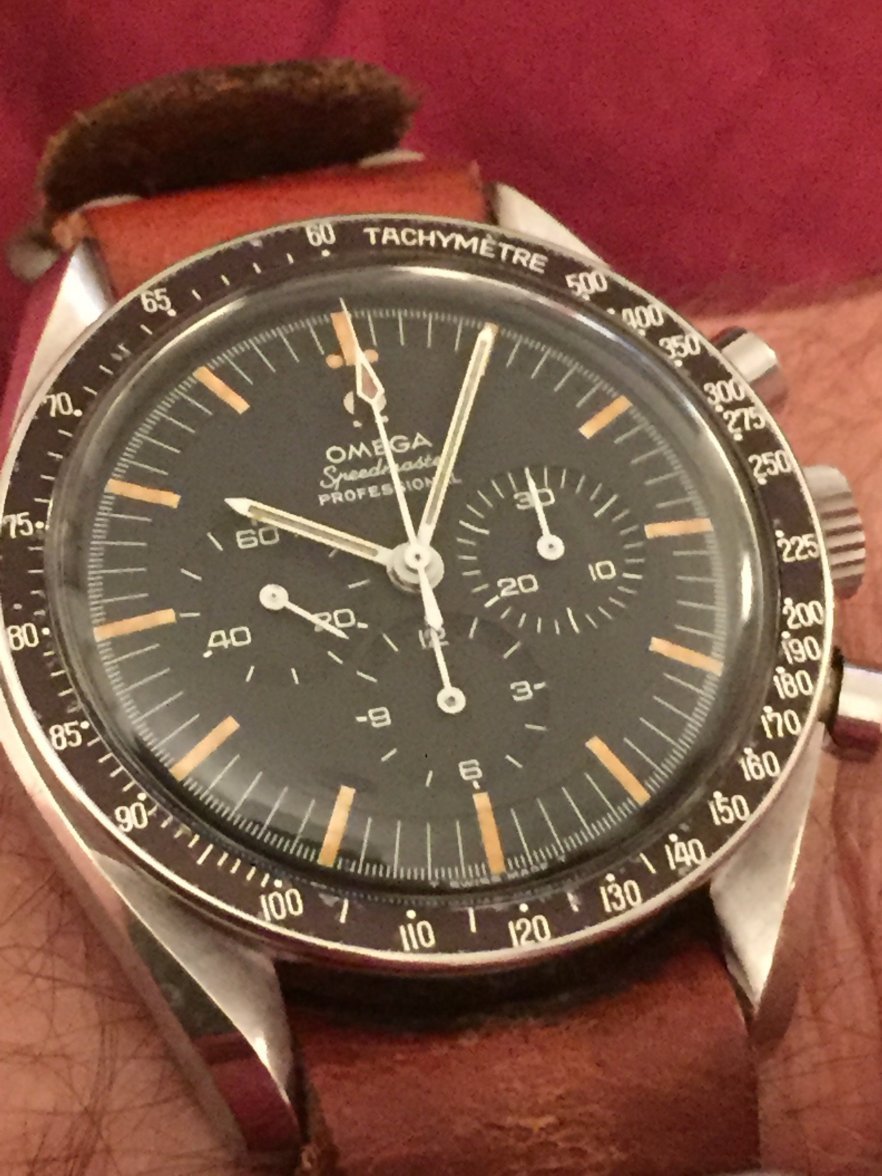u35rm8
·I’ve got an itch for an Omega with a tritium dial and was wondering what cause the tritium to eventually flake/peel/crack off dials and hands. There have been a few threads similar to this but I haven’t been able to nail down the cause. Will it eventually happen to all tritium dials, even if kept in a safe and never touched?
Up until now my oldest watches are from the early 2000’s so have little experience with tritium.
Up until now my oldest watches are from the early 2000’s so have little experience with tritium.







